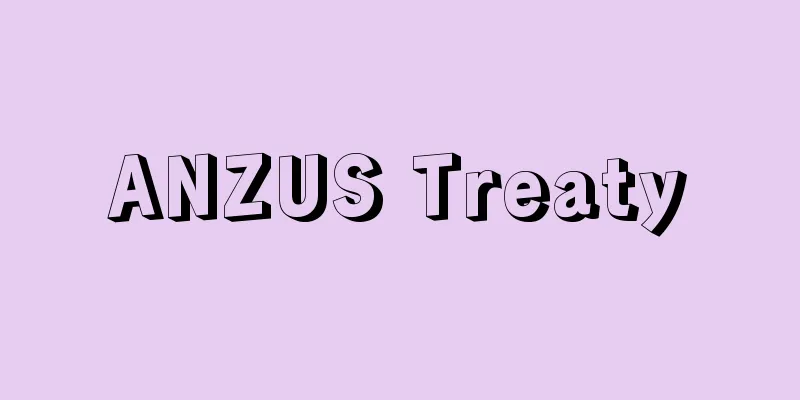Igami

|
…There was a strong belief that ancient wells had spiritual beings and that the holy water was managed by them. Belief in wells, along with the well god and water god, formed folk beliefs. In the Kojiki and Nihon Shoki, the water god is written as Mitsuha no Me, and the well god is also called "Mitsu no Kami" or "Kinomata no Kami," and is considered a separate deity. … *Some of the terminology explanations that mention "Igami" are listed below. Source | Heibonsha World Encyclopedia 2nd Edition | Information |
|
…古代の井戸には,霊的な存在がおり,聖なる水が管理されているという信仰が強かった。井戸には井(戸)神,水神の信仰が伴って,民俗信仰を形成している。記紀では,水神を,罔象女(みつはのめ)と記し,井神は〈御井の神〉または〈木の俣(また)の神〉などともいって,別個の神格としている。… ※「井神」について言及している用語解説の一部を掲載しています。 出典|株式会社平凡社世界大百科事典 第2版について | 情報 |
<<: Empress Inoue - Ikami Kogo
Recommend
Tan-Bogoraz (English spelling)
…Soviet ethnologist and linguist. Also known as T...
Katartzís (English spelling)
…Greek scholar of the Enlightenment. Commonly kno...
Valence - genshika (English spelling) valence
It is a number that represents the ability of an ...
Zisi - Lion
A Chinese thinker and scholar from the Spring and...
Great silver butterfly - Great silver butterfly
A butterfly belonging to the family Nymphalidae, ...
Combinatorics
A branch of mathematics that considers the number ...
Oikomiami - Oikomiami
This fishing method involves laying a bag-shaped n...
Baba Bunko - Baba Bunko
A lecturer in the mid-Edo period. His origins are...
Popular
…To keep a fishing net in the required shape unde...
Rāi Limbu (English spelling)
An ethnic group in the eastern mountainous region ...
Maxillaria
The Maxillaria genus of the Orchidaceae family is ...
Arabian American Oil [Company] - Arabian American Oil
…Arabian American Oil Co. is the common name for ...
Monism - Ichigenron
In the philosophical explanation of phenomena, th...
Mohe - Makkatsu
A branch of Tungusic tribes that wielded power fr...
Za
From the end of the Heian period through the Warr...









